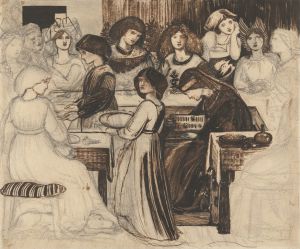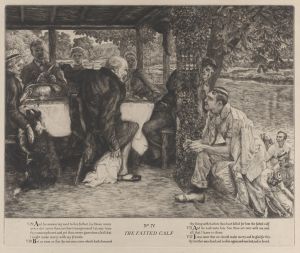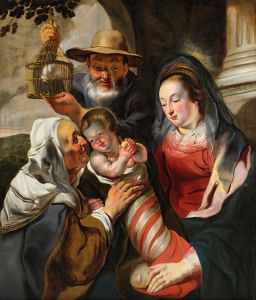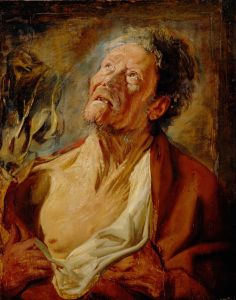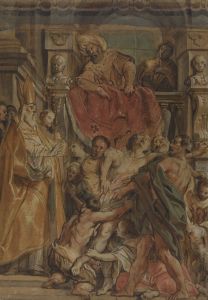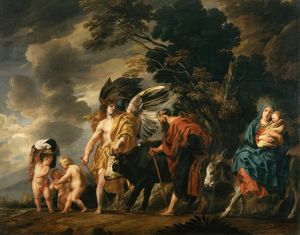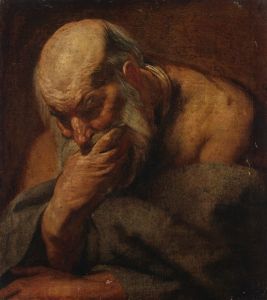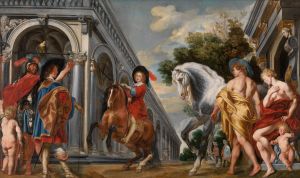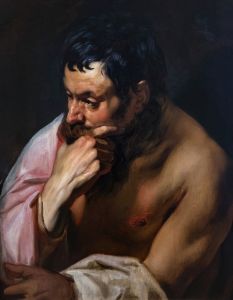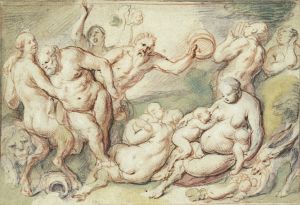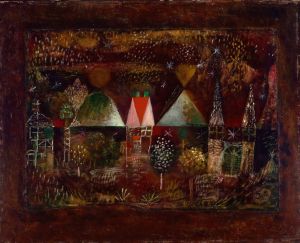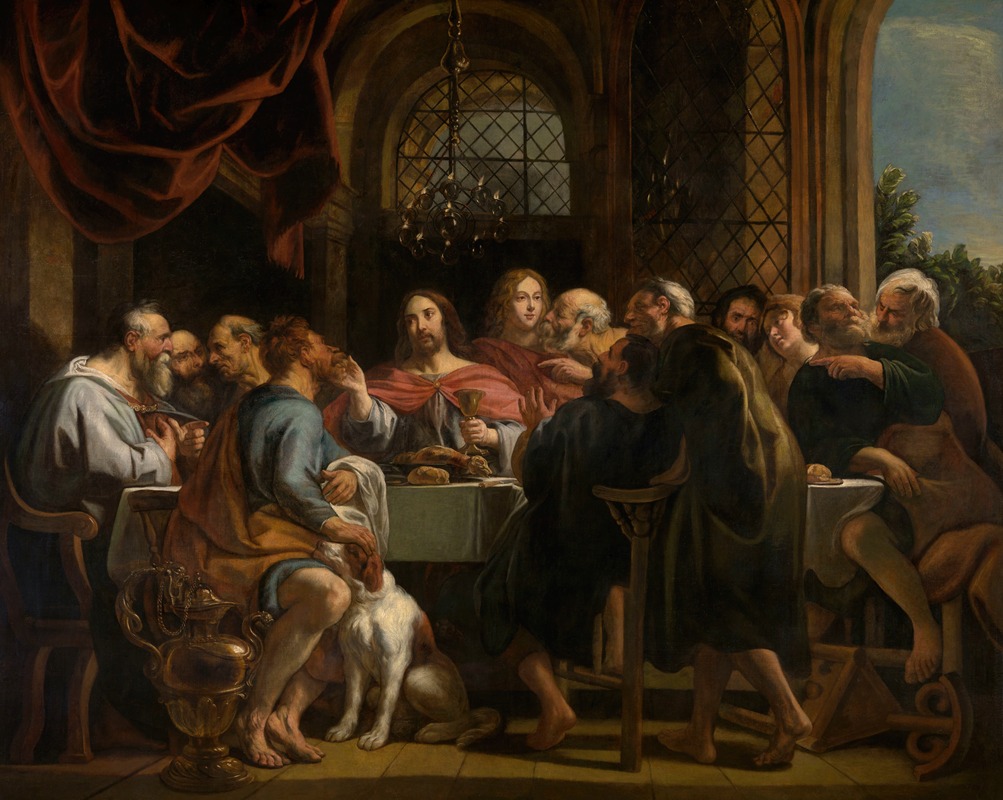
The Last Supper
A hand-painted replica of Jacob Jordaens’s masterpiece The Last Supper, meticulously crafted by professional artists to capture the true essence of the original. Each piece is created with museum-quality canvas and rare mineral pigments, carefully painted by experienced artists with delicate brushstrokes and rich, layered colors to perfectly recreate the texture of the original artwork. Unlike machine-printed reproductions, this hand-painted version brings the painting to life, infused with the artist’s emotions and skill in every stroke. Whether for personal collection or home decoration, it instantly elevates the artistic atmosphere of any space.
Jacob Jordaens, a prominent Flemish Baroque painter, is known for his vibrant and dynamic compositions. Among his works, "The Last Supper" stands out as a significant piece, reflecting both his artistic style and the religious themes prevalent during his time. Jordaens was born in Antwerp in 1593 and became one of the leading painters in the Southern Netherlands after the death of Peter Paul Rubens. Although he never traveled to Italy, Jordaens was influenced by the Italian Renaissance and Baroque styles, which is evident in his use of color, light, and composition.
"The Last Supper" by Jacob Jordaens is a depiction of the biblical scene where Jesus shares his final meal with his twelve apostles before his crucifixion. This event is a cornerstone of Christian theology, symbolizing themes of sacrifice, betrayal, and redemption. Jordaens' interpretation of this scene is marked by his characteristic use of rich colors and dramatic lighting, which adds a sense of immediacy and emotion to the composition.
In Jordaens' version of "The Last Supper," the figures are arranged around a table, with Jesus at the center, a common composition in depictions of this scene. The apostles are shown in various states of reaction, capturing the moment of Jesus announcing that one of them would betray him. Jordaens' skillful use of chiaroscuro, the contrast between light and dark, highlights the central figure of Jesus, drawing the viewer's attention to his serene yet solemn expression amidst the turmoil of the apostles.
Jordaens was known for his ability to convey human emotion and drama, and this painting is no exception. The apostles are depicted with expressive gestures and faces, each reacting differently to the revelation of betrayal. This focus on human emotion and interaction is a hallmark of Jordaens' work and reflects the Baroque interest in capturing the intensity of human experience.
Unlike Leonardo da Vinci's famous rendition of the same scene, Jordaens' "The Last Supper" does not adhere to a single-point perspective but rather uses a more dynamic composition. This approach creates a sense of movement and energy, inviting the viewer to engage with the painting from multiple angles. The use of vibrant colors and detailed textures further enhances the realism and immediacy of the scene.
Jordaens' religious paintings often included elements of everyday life, and "The Last Supper" is no exception. The inclusion of detailed still life elements, such as the food and tableware, adds a layer of realism and connects the divine event to the earthly realm. This blending of the sacred and the mundane is a characteristic feature of Jordaens' work, reflecting the Baroque fascination with the intersection of the spiritual and the material world.
"The Last Supper" by Jacob Jordaens is a testament to his mastery of the Baroque style and his ability to convey complex religious themes through dynamic composition and expressive detail. While Jordaens may not have achieved the same level of fame as some of his contemporaries, his work remains an important part of the Flemish Baroque tradition, offering insight into the religious and artistic culture of 17th-century Europe.





